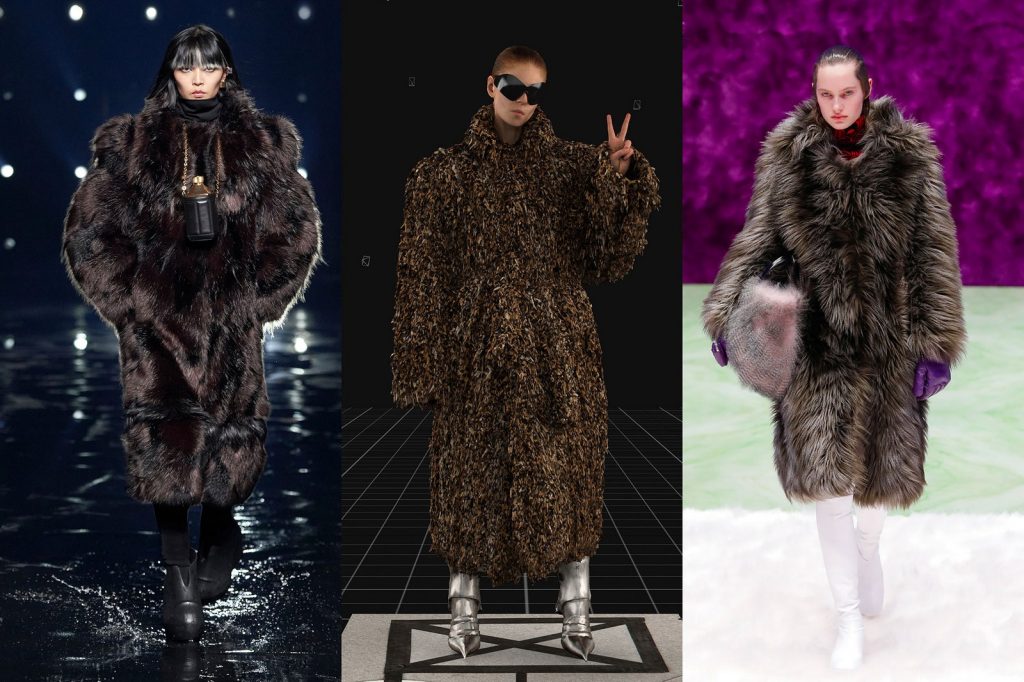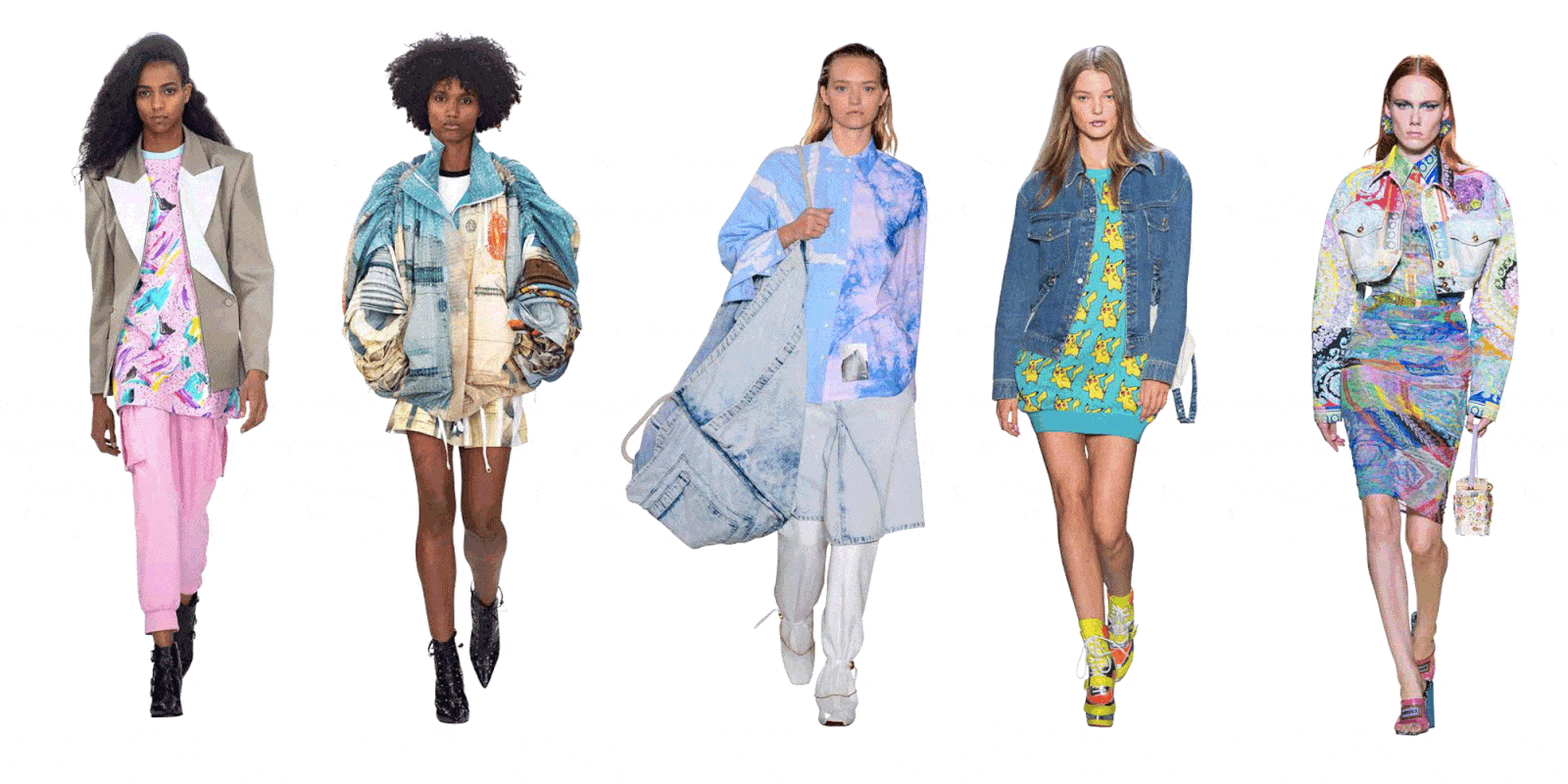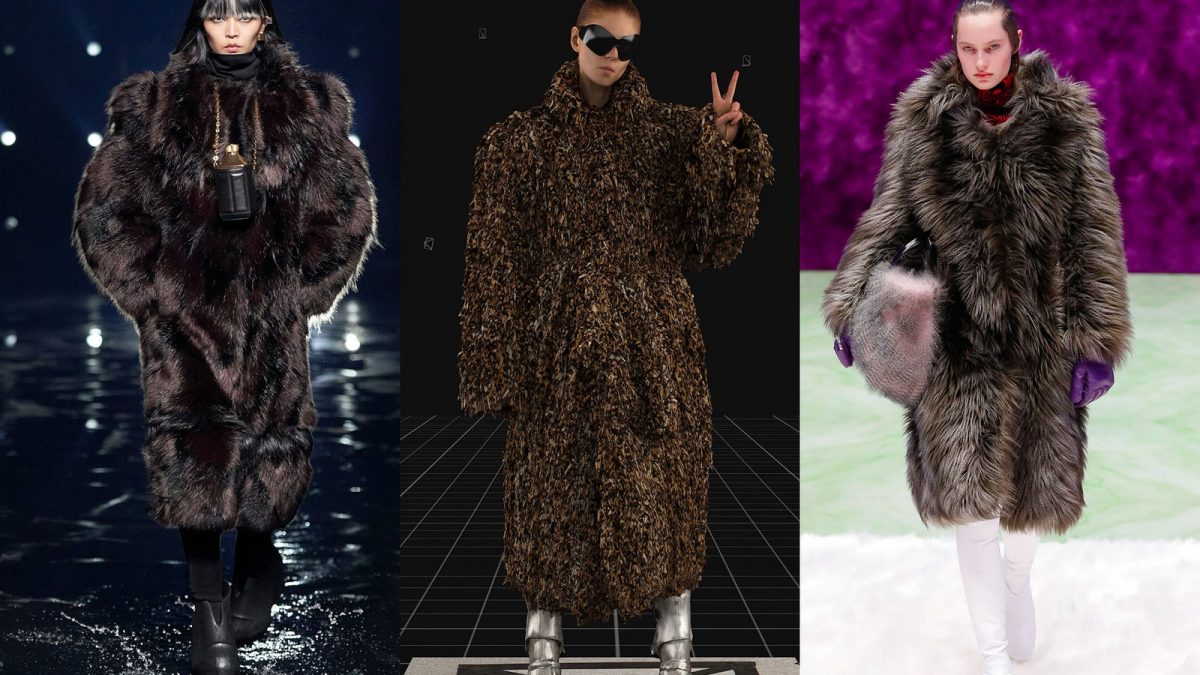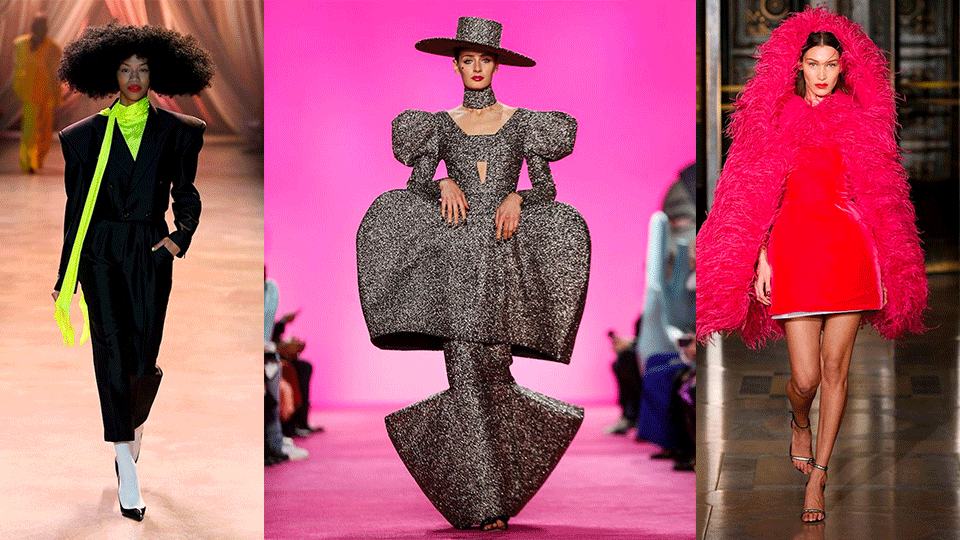- À New Wave to Fashion, À New Way of Living. Download Now on iOS Android Canada SS22
- hello@alahausse.ca
Lab-Grown Fur and Leather: Finding Ethical Fashion in a Petri Dish

Black Ink Rivers: A Ghastly Consequence of the Dye Industry
January 27, 2022
The Fashion of Euphoria: Going Surreal with Season Two
January 27, 2022
Written by: Dylan Stoll
With sustainability and ethics at the forefront of the modern fashion age, cruelty-free fashion lines are definitely becoming more popular. Within a mere three years, it’s expected that the global ethical fashion market will hit heights of $9.81 billion; by 2030, it will be at $15.17 billion.
We at ÀLA.HAUSSE know all to well the demand for fashionable wear that retains classic, sought-after characteristics like fur linings and fine leather materials has always been high, but conscientiousness is on the rise, and modern fashion consumers like you are far too aware to be making dumb choices when buying sustainably.
The Modern Ethical Fashion Consumer

In a study completed by Mckinsey & Company, it was found that 57 per cent of correspondents were willing to make changes to their lifestyles to lessen their impact on the environment. This would include purchasing decisions; specifically where they are willing to spend their hard-earned money when hitting up their nearest and most favorite retail locations.
People don’t want to pay for problems anymore. They don’t want to invest in the destruction of their future. In the past, the fast fashion industry profited off the ignorance of their customers, but the modern fashion consumer is now far too aware and far too eco-friendly. Today, the fashion industry is forced to adapt to keep up with the sustainability and ethics trend spreading like wildfire across their consumer base, and in order to do so, they have turned to science.
Growing Leather in a Lab with Mushrooms
The leather industry is one of the main fashion sectors that is in need of a serious overhaul. Cattle rearing alone contributes 14.5 per cent of all yearly global carbon emissions, and the tanning process that follows is arguably just as environmentally damaging. The main ingredient in the process, chromium, is highly toxic to wildlife and if not disposed of properly, will pollute waterways.
This is why alternative methods are becoming increasingly required with each passing year. Thankfully, innovative minds across the globe are always coming up with new ideas to take on these challenges, some of them coming right out of the petri dish and straight to your nearest eco-friendly fashion retailer.
Bolt Threads R&D, an all-natural materials research company, employed a fascinating molecular process whereby fungal cells are fed sawdust and are grown into mycellium fungal roots, researchers at Bolt Threads were able to form foam-like layers, eventually producing an end product that is very similar in appearance and texture to that of actual leather.
“When you touch our material, you get the same feeling as when you’re touching a natural leather,” says Bolt Threads’ VP of Product Development Jamie Bainbridge,. “If nobody told you whether it was leather or not, you would sit there and try to decide if it was.”
Leather hasn’t been cheap since the 1800’s, and iIf the appearance and texture is essentially the same, then why not give it a shot? It’s these sorts of ventures in sustainability that ÀLA.HAUSSE encourages and supports, especially those that keep you looking fresh, whatever the ingredient.

Lab-Grown Fur
Fur is one of those accessories that everybody wants to wear, but most people aren’t fans of hurting animals. The fashion industry’s answer to this morale conundrum has always been synthetic fur. This has, to some degree, satiated the desires of fashionistas for decades, but science has progressed, and plenty of more options are available to the modern fashion consumer.

Researchers at the biotechnology startup Furoid, for example, managed to produce the world’s first in-vitro hair follicle linked to collagen.Using this innovation in bio-materials technology, the follicles can act as a bio-printer, producing fur and wool without the need for animals.
No longer will you have to settle for that lackluster “faux fur” feel; you can just go out and buy a lab-grown fur hat, or a lab-grown fur jacket. Something tells me the price-tag isn’t going anywhere though.
Before you start pulling out your credit card, this promising venture does require a controversial ingredient, fetal bovine serum (FBS), which is taken from deceased pregnant cows. As such, many vegans would not find this to be an ethical solution.
That being said, this technology is still in its novel stages. The ‘skin’ upon which the fur will be situated has yet to be decided upon (possibly a collagen layer), as is the possibility of a synthetic alternative to FBS. Perhaps in the future a truly eco-friendly option will become available; until then, you’ll have to settle for faux.
‘Gene-Tinkering’ to Achieve Exactly what You Want
As the researchers have speculated, ‘growing’ fashionwear would also open opportunities related to genetic manipulation. Exact characteristics such as color or heat retention could be manifested or altered by simply ‘tinkering’ with the genetic code of the follicles.
“If we use collagen, we face the challenge of making it durable. It is also still an open question what properties the hair should have, meaning how it should react to the human body in terms of heat retention versus heat release, for example,” explained Maria Zakurnaeva. Chief Executive Officer at Furoid.
Pushing for Change within the Fashion Industry

The average consumer today is willing to spend more to be more ethical; designers should be willing to do the same. With companies like Bolt Threads and Furoid leading the charge in bio-ethics within the fashion industry, there are sure to be more promising innovations ahead.
Though it is ÀLA.HAUSSE‘s mission to push for sustainability within the digital realm of the fashion industry, we stand in solidarity behind all fashion ventures with ethics taken into consideration. That’s why we’re rooting for these high-quality, ethical alternatives once they hit the market!
À New Wave to Fashion. À New Way of Living.
Your First and Last Sustainable AI and Social Powered P2P/B2C Multifunctional Ecosystem (BUY/SELL/RENT/LEND/ SWAP/GIFT), for Me and You.
Apple: https://apple.co/3F8EgcJ
Android: https://bit.ly/3f7jEY3
Via ÀLA.HAUSSE’s Multi-functional and Multi-purposeful Fashion Ecosystem- BUY/SELL/RENT/LEND mobile application, INDIVIDUALS & brands ( BETA) are encouraged to REBUY, RESELL, REUSE and UP-CYCLE their personal “Clossets” aka Clothing Assets. Through this consumerism habit shift we slow down the urgency on fashion carbon footprint, aiding sustainability as a whole.
Launching NOW on iOS Android Canada
Give me a read: shorturl.at/rIMT8
More stories on www.alahausse.ca, Medium & Hackernoon. Follow & Tag @ala.hausse
#ALAHAUSSE #WEARYOURPURPOSE #HAUSSEPEOPLE








